What to see in Morelia.
I came to Morelia 10 years ago and didn’t have a high opinion of the city. It felt dirty, there was a lack of green spaces. Food was bad. And it was cloudy and it drizzled the entire time. Apart from the incredible Santuario de Guadalupe, I was unimpressed and I left thinking that I never had to visit Morelia again.
We recently revisited Morelia and were impressed by what we saw. Morelia has changed over the years. It is cleaner, more vibrant and more cosmopolitan place than it was 10 years ago. During our visit they were having an outdoor art exhibit in Plaza de Armas featuring pieces from the National Prado Museum in Madrid. Also going on was the Morelia film festival which had various venues around the city. There was a happy, festive air.
On this visit, Lissette and I had more time and made it a point to explore the many ex-palaces and convents of the city, places like the Palacio del Gobierno, Palacio de la Justicia, Conservatorio de las Rosas, the public library of Michoacán university. And then there were other places, like the Colegio San Nicolás de Hidalgo, that we just stumbled into. Much of Morelia’s beauty is hidden within the courtyards and passages of historic buildings.
In this post I cover the highlights you have to see in Morelia and I tell you how to prioritize them (I also include a video I shot further down).
Accommodation: High-end: Cantara 10 Hotel Boutique, Mid-range: Hotel Alameda Centro Historico, Budget: OYO Hostal Mich.
What to See in Morelia
Catedral de Morelia
Plaza de Armas and the Cathedral (which is right next to the square) are the logical starting point of a tour of Morelia.
Built starting in 1660 and completed in 1744, Morelia’s Cathedral is huge and imposing. With its 66 meter-high towers, it is one of the tallest Cathedrals in Mexico. Like many of Morelia’s buildings, it is made of pink quarry stone which is colorful and radiant when the sun is out*.
*One thing about Morelia: it is a much more attractive city when the sun shines. That’s when the pink of the buildings comes out. When it is cloudy (which is often in Michoacán), everything looks drab and sombre.
The interior of the Cathedral doesn’t compare to the extravagant exterior. It was designed by an Italian architect in doric and neoclassical styles. If it feels more modern than many Mexican Cathedrals it’s because it is (having been completed in 1744).
For the most photogenic angle of the Cathedral, go on Calle Benito Juárez where you’ll face the front of the Cathedral. On this little side street you’ll also find the entrance to Palacio del Gobierno (which is one of Morelia’s ¨must-see´s¨. I’ll cover it a little further down).
Santuario de Guadalupe
This incredible church is the highlight for most people coming to Morelia.
It is a bit outside the center, requiring a 20 walk. But there´s highlights along the way including the Fuente de las Tarascas (the fountain of fertility) and the Aqueduct of Morelia (a 2km long aqueduct built in the late 1700’s). The Aqueduct continues right beside the Santuario de Guadalupe. You’ll also see the Plaza Morelos right there – this square is dedicated to José María Morelos who was born in Morelia (at the time called Valladolid) and who assumed the leadership of the Mexican independence movement after the execution of Miguel Hidalgo.
The Santuario de Guadalupe looks quite plain from the outside. Built between 1708 and 1716, it belonged to the Franciscan Order of the Dieguinos and there was nothing special about the church. In 1915, a local craftsman decorated the church using a combination of indigenous motifs and European plaster. The end result is this spectacularly beautiful church.
Note: getting there and back. If you don’t want to walk it, you can hail a collectivo along the main street (if going towards the center, just walk from the Santuario de Guadalupe to the Aqueduct where the main street runs). It costs pennies and will get you back to the center in less than 10 minutes.
Palacio del Gobierno
I mentioned it above. It’s right across the street from Morelia cathedral and is a ¨must-see¨ in Morelia.
It’s a huge building (built between 1760 – 1770) and is the government building of the state of Michoacán. It has 3 courtyards and 2 floors. But besides being beautifully built in the same pink rock that you’ll see throughout the city, what makes the building stand out are the incredible murals (particularly on the 2nd floor of the 2nd courtyard). The murals were painted in the mid-1900’s by a pair of painters from Michoacán who portrayed scenes from the history of Michoacán as well as various passages from the Mexican Revolution.
I should mention here: there are several buildings in Morelia that have outstanding murals including the Centro Cultural Clavijero, the Palacio de Justicia and the Biblioteca Pública de la Universidad Michoacana. But the murals here at the Palacio del Gobierno are the most impressive both in quantity and quality.
Palacio de Justicia
Situated across the Street from Palacio del Gobierno and on the opposite side of Plaza de Armas is Palacio de Justicia. It is actually the ¨ex¨ Palacio de Justicia as the building today houses archives of the Judiciary of Michoacán. But before that it was the initial Town Hall of what was then Valladolid, then a mint where coins were minted, then finally the headquarters of the Supreme Court of Justice of Michoacán (The Palacio de Justicia).
Why go? It’s a beautiful building with 3 courtyards, interesting architecture, and an incredible mural of José María Morelos on one of the stairways.
Centro Cultural Clavijero
This complex of buildings was built by the Jesuits from 1660 – 1763 and included a church, monastery and school. In 1767 the Jesuits were expelled from all Spanish-ruled dominions and the complex handed to secular clergy.
Over the years the complex was used for different purposes (as a government building, as a school, as a public library). Now it’s used as a cultural center and it constantly holds various art exhibitions.
Why visit? It’s a beautiful complex constructed in the typical Morelia pink stone, has a few very nice murals depicting Mexican Independence heroes, and has art exhibits that one can see for free.
Casa de la Cultura
This was a 17th century convent built by the Carmelite friars. In 1857 religious laws were relaxed and the friars were disbanded and the complex taken over by the government. It was used for different purposes including as a parking lot for public sanitation trucks. In 1977 it became a cultural center.
Why visit? It is a beautiful complex of buildings with various courtyards, rooms with different exhibits and an impressive old kitchen. Also on the grounds is the Templo del Carmen.
Parroquia de San José
It shouldn’t be at the top of your list but it’s close to the Casa de la Cultura so it’s just a short walk away. If you’re at the Plaza del Carmen (the square with the fountain next to Casa de la Cultura) you’ll see a huge church down the street. That’s the Parroquia de San José (the 2nd tallest structure in Morelia after the Cathedral).
Between 1651 – 1658, a chapel was built here dedicated to Saint Joseph. Later, in 1760, this chapel was rebuilt into the church you see today. Note: the towers were only added in the mid-20th century.
Biblioteca Pública de la Universidad Michoacana
This university library used to be part of a convent run by the Jesuits. After the Jesuits were kicked out of Mexico in 1767, it was taken over by the government and in 1929 given to the Michoacana University of San Nicolás de Hidalgo (better known as Michoacana University) to be used as a library.
Today it is an active library in a beautiful building containing one of Mexico’s largest collections of ancient books. You’ll see beautiful old bookshelves and colourful murals. And it’s all free to visit.
Colegio Primitivo y Nacional de San Nicolás de Hidalgo
Just a few blocks away from the library, we stumbled upon this beautiful building. The guard on duty was friendly and invited us in to have a look around.
The college of College of San Nicolás was founded in 1540 in Patzcuaro and was the first institution of higher learning in Mexico. In 1580 the college was moved from Patzcuaro to Valladolid (now Morelia) and into this building. Built in the early 16th century, it has been remodelled many times during its history to what you see today.
It is a beautiful building that today is an active high school (busy with kids on the day we visited). There are murals on the walls and there’s a small museum dedicated to Melchor Ocampo (you`ll even see his heart that was dedicated to the college).
If you can visit this building do so.
Conservatorio de las Rosas
A few blocks down, across the street from Jardín de Las Rosas, is a large building complex holding a church and a conservatory. The complex was a former convent, the Dominican Convent of Santa Catalina de Siena.
A conservatory is a school dedicated to the arts and The Conservatorio de las Rosas is said to be the first conservatory in the Americas. Again, it an active school and you can wander in and hear the music being played in the rooms of the school. The central courtyard is beautiful.
Templo de Santa Rosa
Right next door, part of the same ex-convent, is the Templo de Santa Rosa. A beautiful small church with wonderful baroque altarpieces.
Pasaje Hidalgo
This popular pedestrian passageway is just behind Plaza de Armas and leads to the Convento de San Agustin. A pretty little street with overhead lamps and lots of little restaurants serving Morelian Gazpacho (which is very popular and something you should try out in Morelia).
Convento de San Agustin
This ex-convent was one of the first buildings built in Valladolid (construction started in 1550). In front the building is a beautiful square with a fountain.
Templo de San Francisco
Another very old church, it is said to have been the first in the city. It was built in baroque style using the usual pink stone found everywhere in Morelia. In front of the church is a large square with a fountain.
What to prioritize?
All the above are worth seeing and can be visited in a day or two. Apart from Santuario de Guadalupe / the aqueduct / Plaza Morelos (which are all located together to the east about 20 minutes away), all the highlights are within a few blocks of each other.
If you only have a couple of hours? I’d say you can’t miss the Cathedral, the Santuario de Guadalupe, and the Palacio del Gobierno. They’re the absolute highlights.
A bit of video:
Practical Information
The bus station is located a bit about 6 km outside the center on a highway. It is a nice, modern bus station but it’s best to take a taxi into the center. We arrived from Patzcuaro on Autovias and left to Queretaro on Primera Plus.
Accommodation: High-end: Cantara 10 Hotel Boutique, Mid-range: Hotel Alameda Centro Historico, Budget: OYO Hostal Mich.
Tours. If you prefer having a guide show you around, you might like this 2 hour walking tour of Morelia.
Final thoughts on Morelia
I think Morelia’s beauty lies within many of its historic buildings: the courtyards, the murals, the different architecture. You can wander into a conservatory, a government building or a college and you’ll see students and office workers going about doing their business in these buildings dating back to the 15th and 16th centuries. It is remarkable. And we met people who talked to us, proud to share the stories and history of the city.
So should you visit Morelia? Yes. It’s a great place to visit for a few days and anyone who has an interest in Spanish colonial history and architecture will find it a fascinating city.
Related: The Pueblo Magico town of Patzcuaro, Michoacán
Related: Visiting Janitzio Island (Patzcuaro, Mexico)


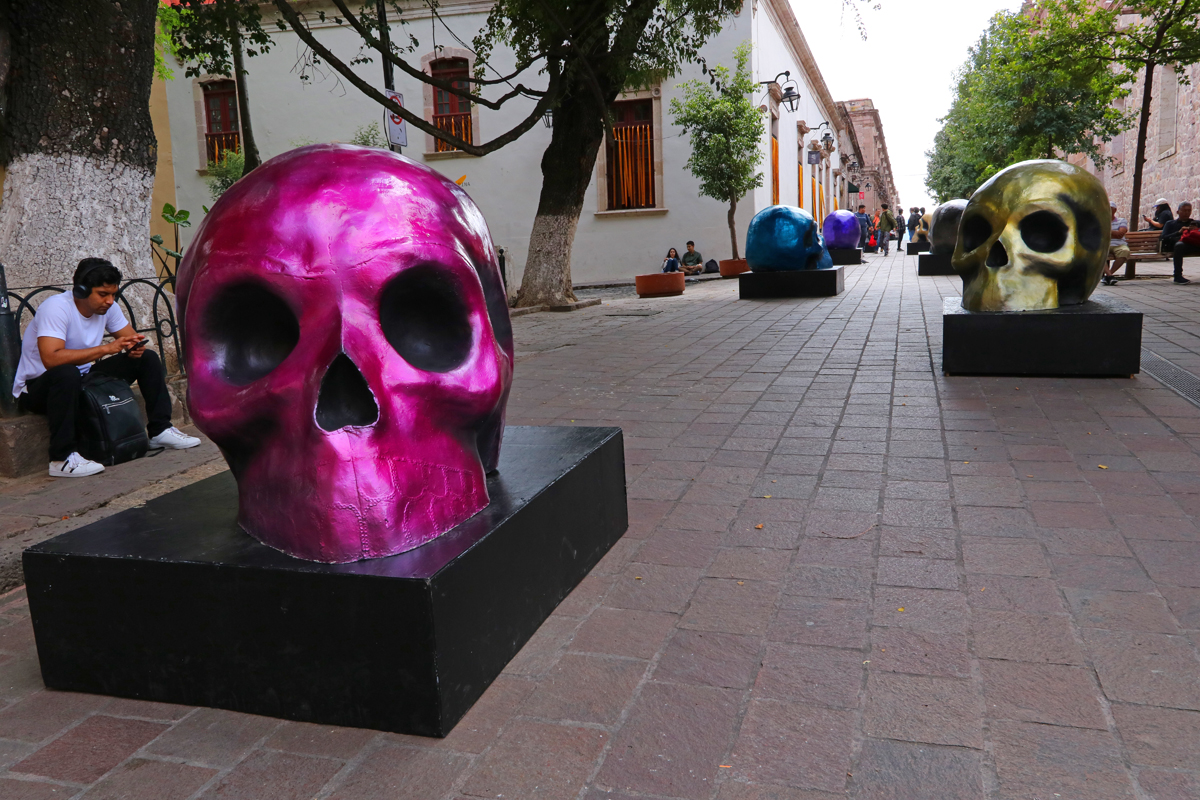

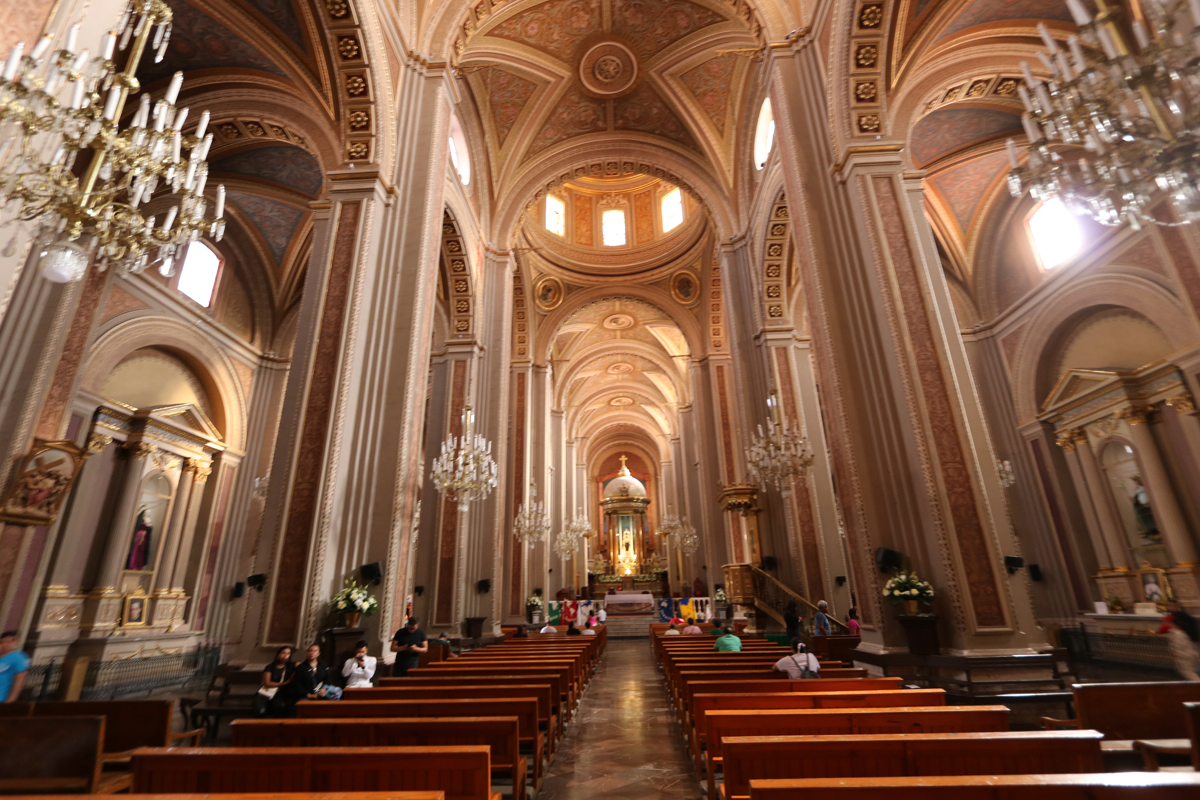
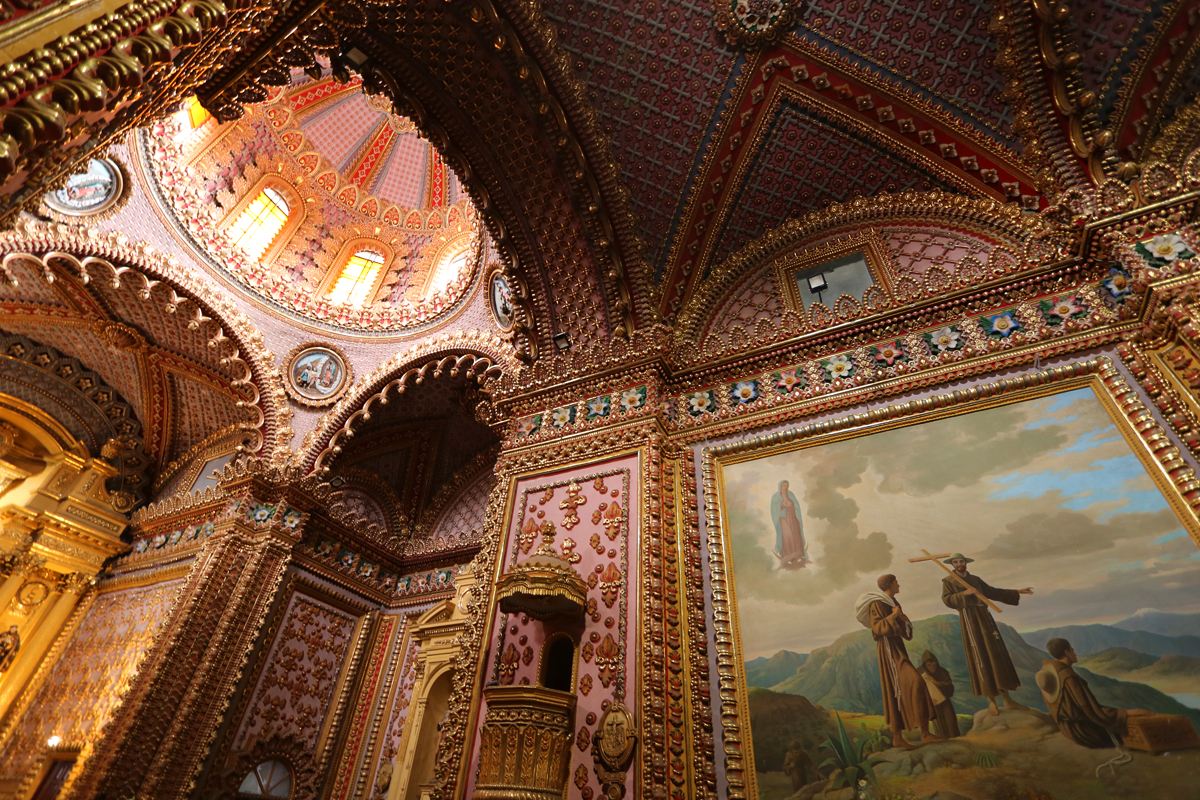
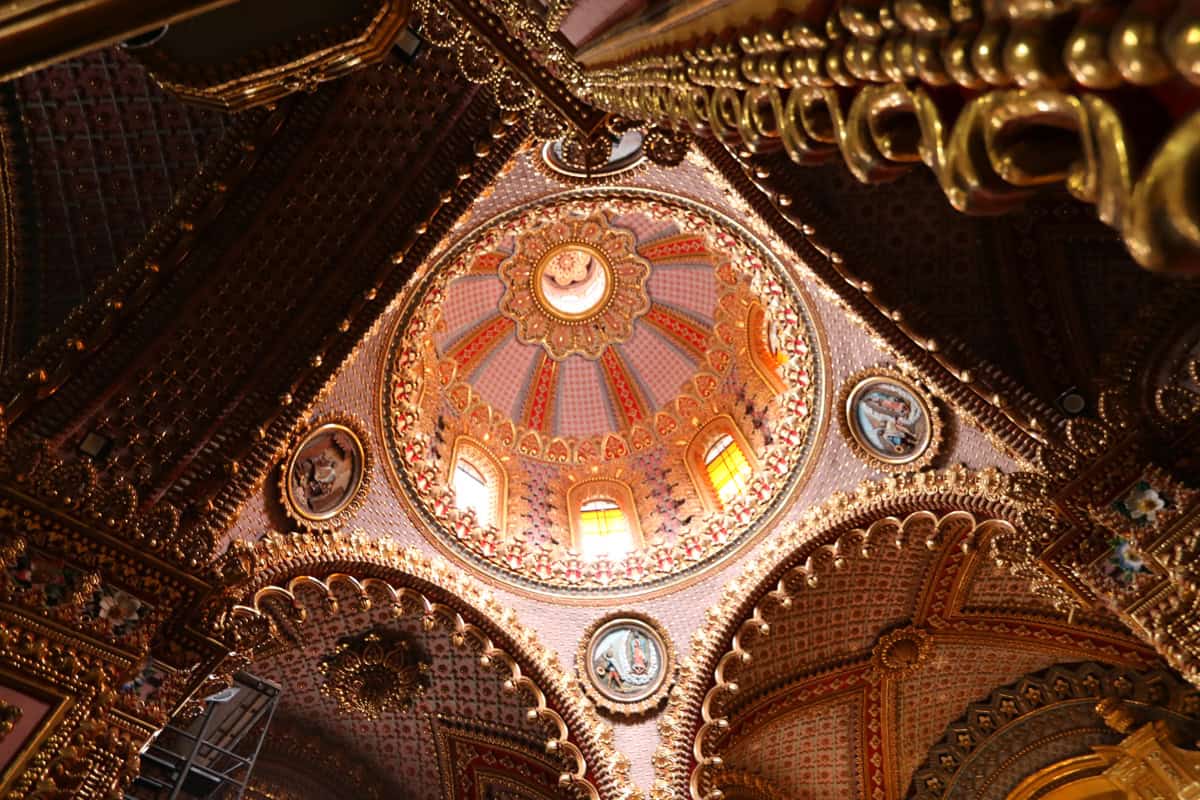
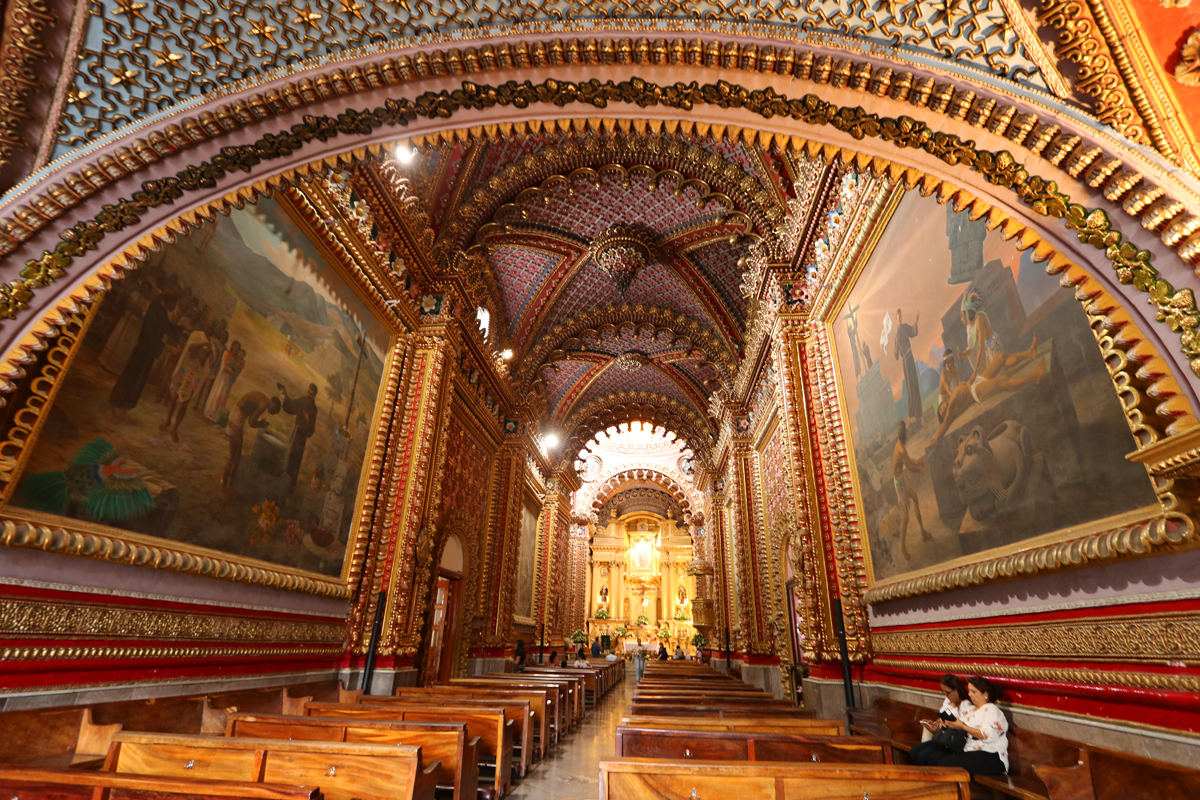
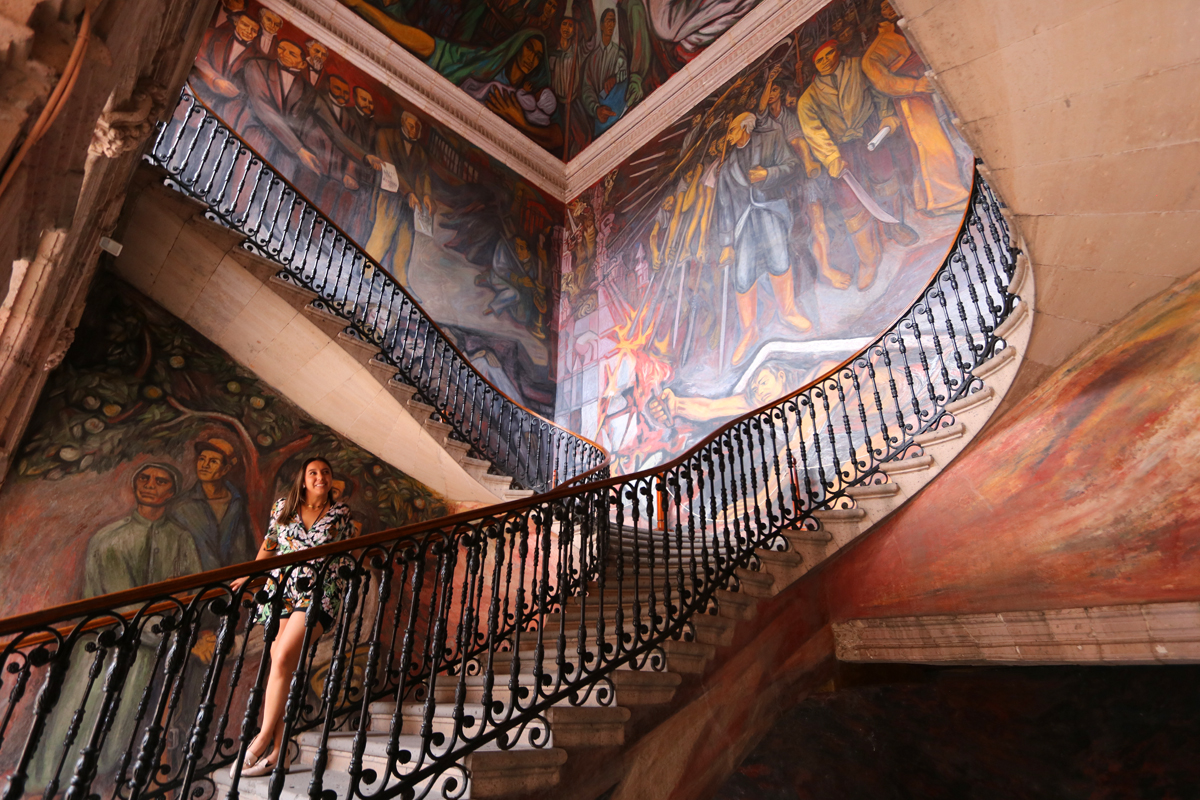
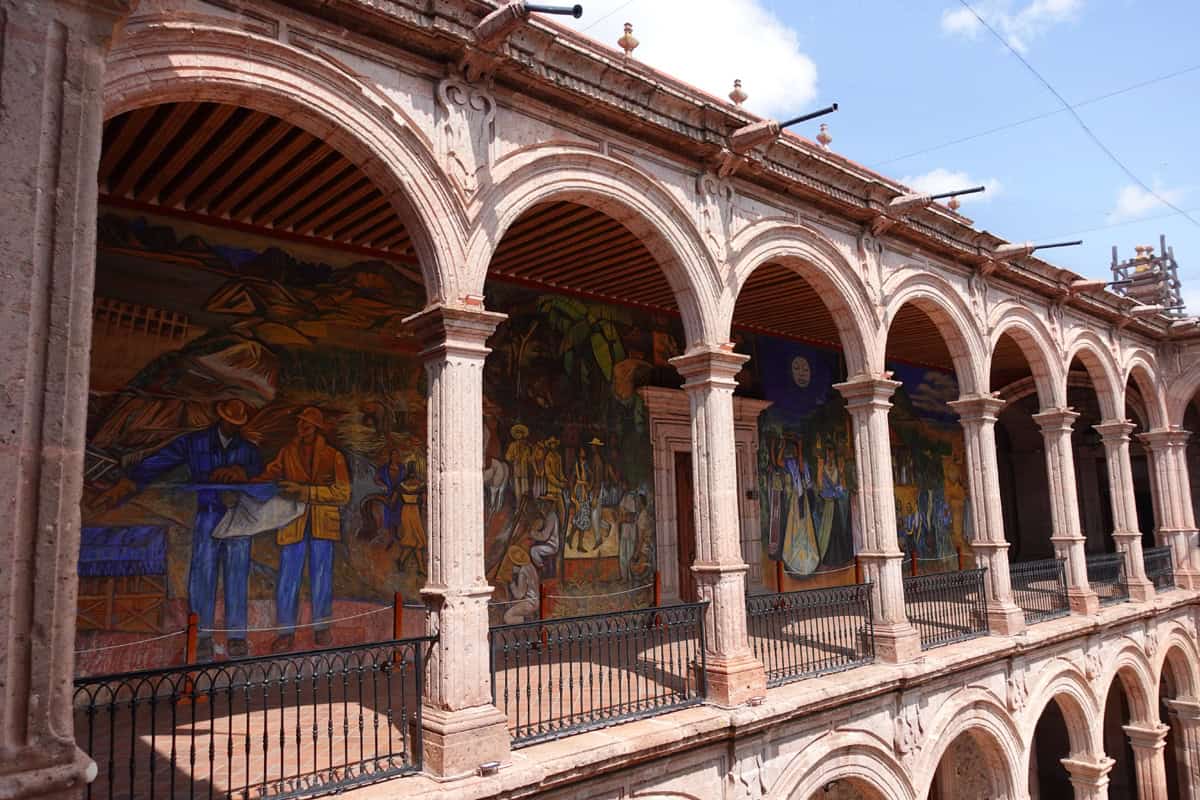
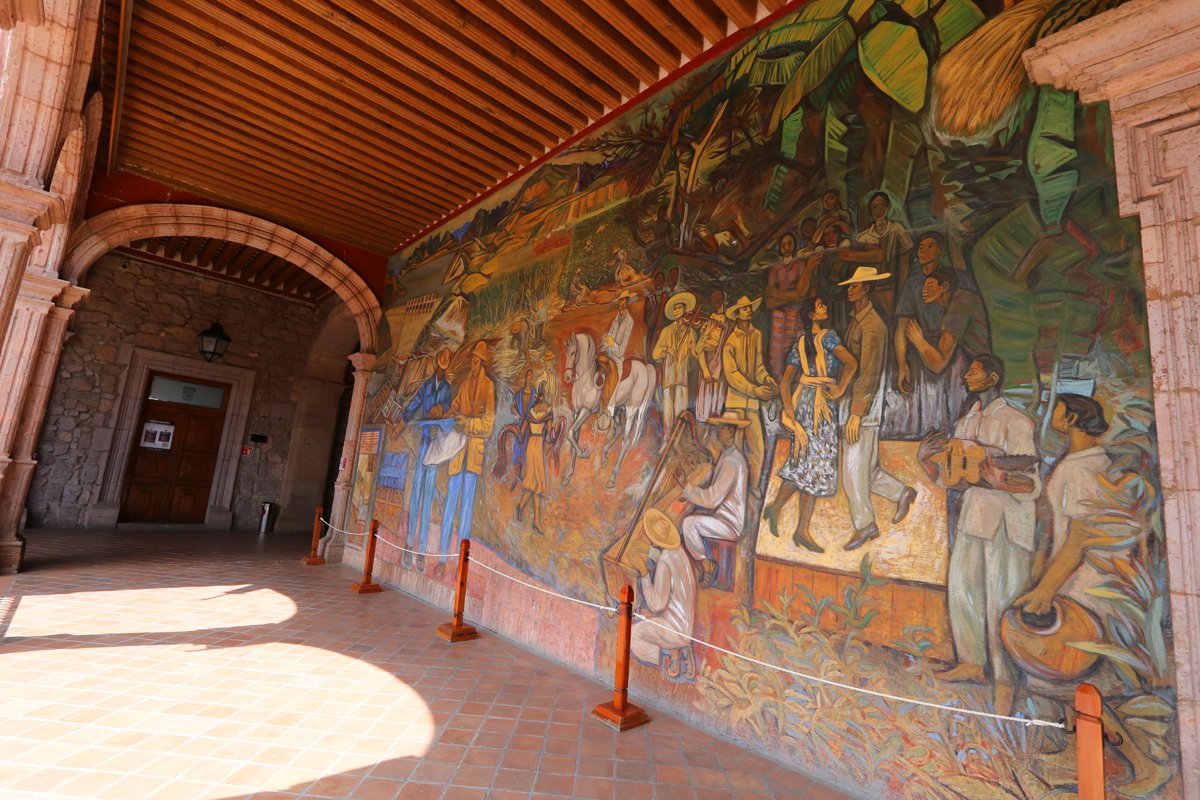
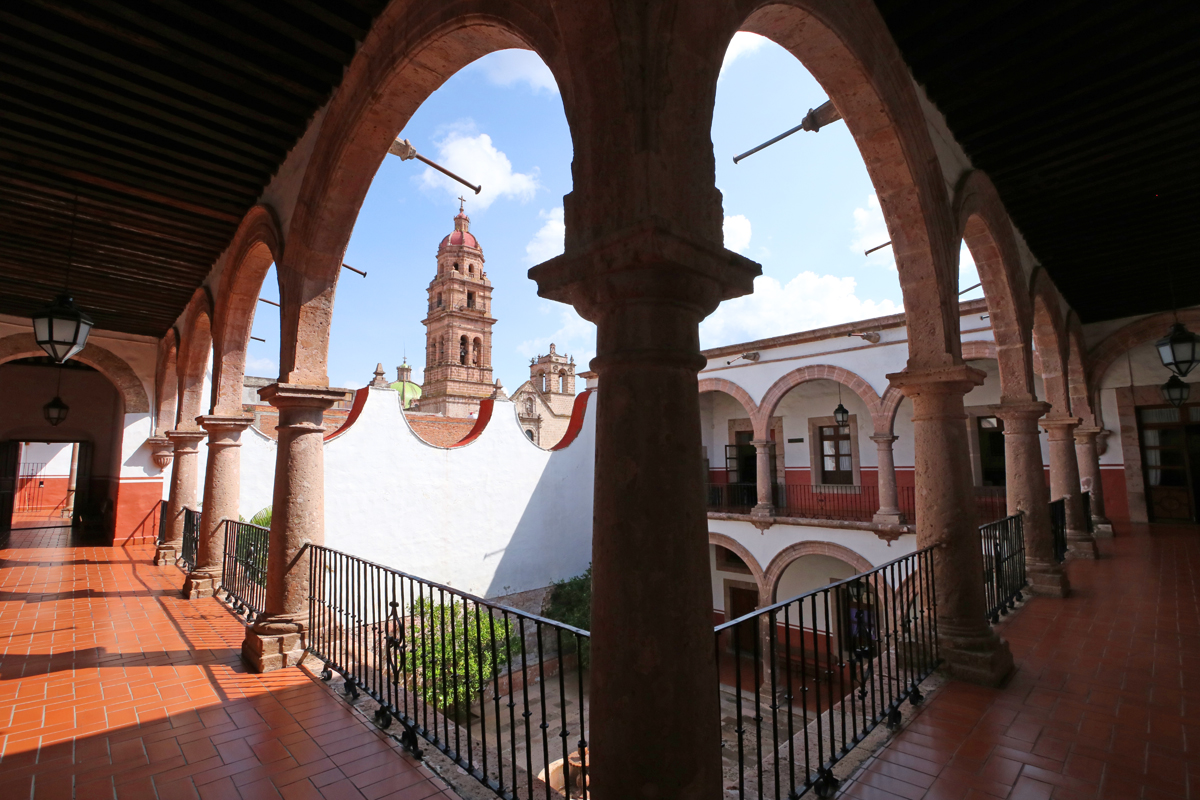
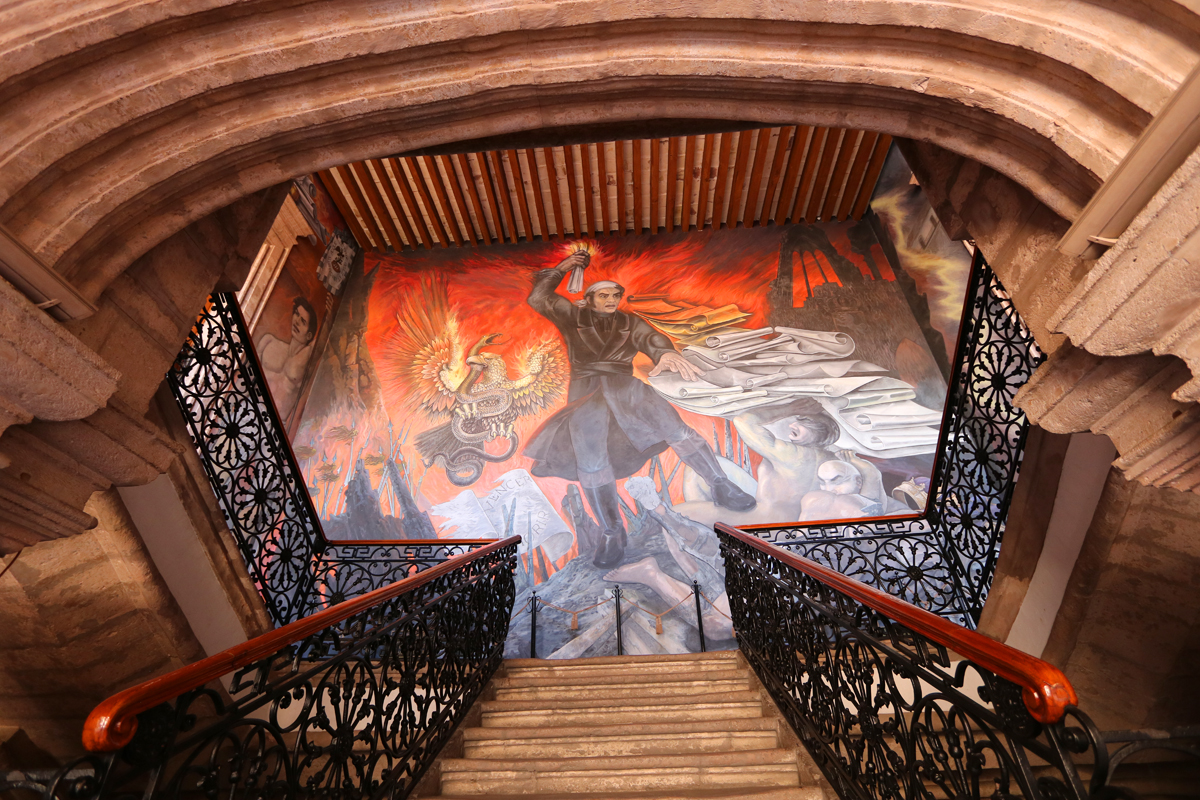
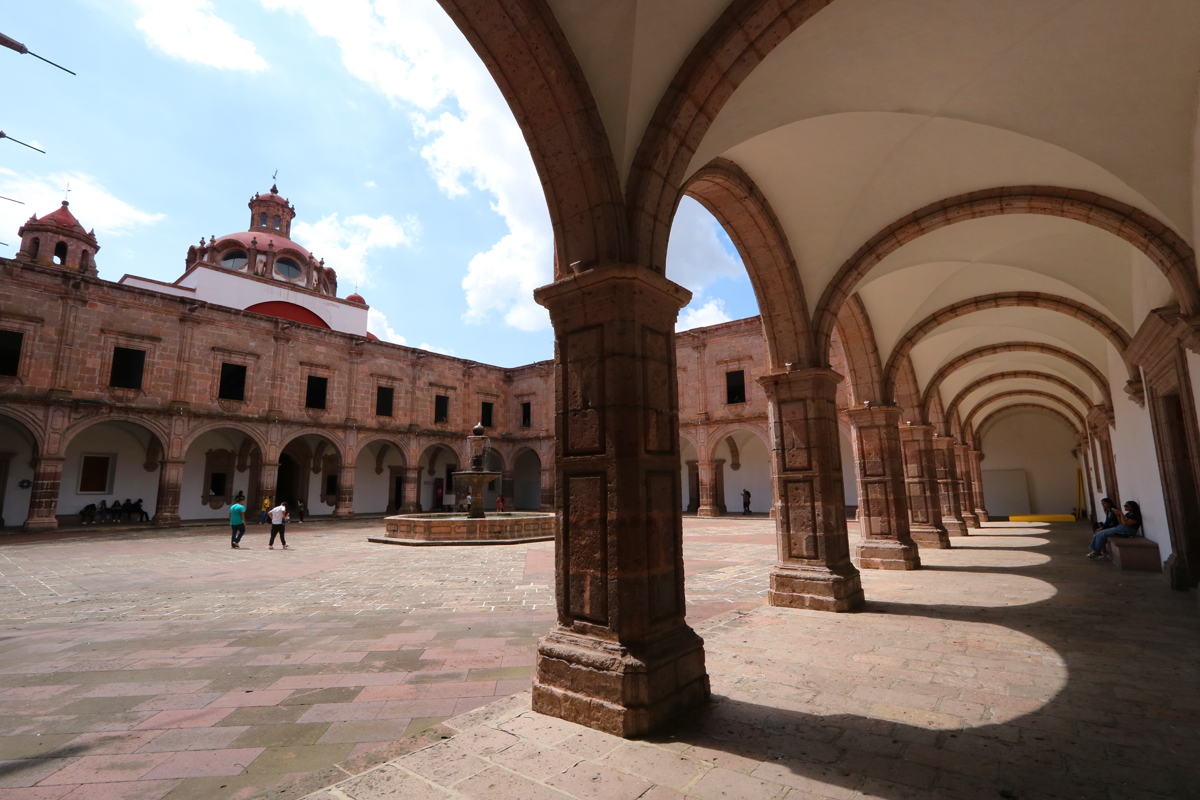

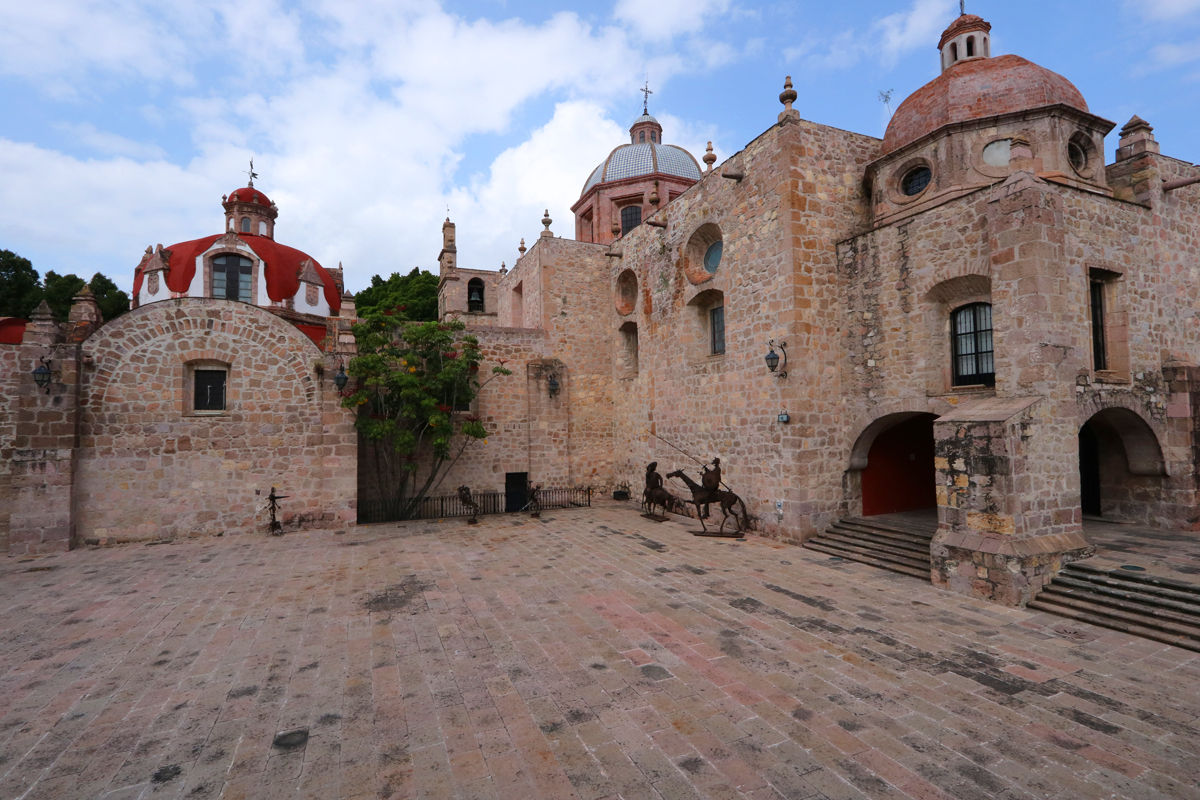
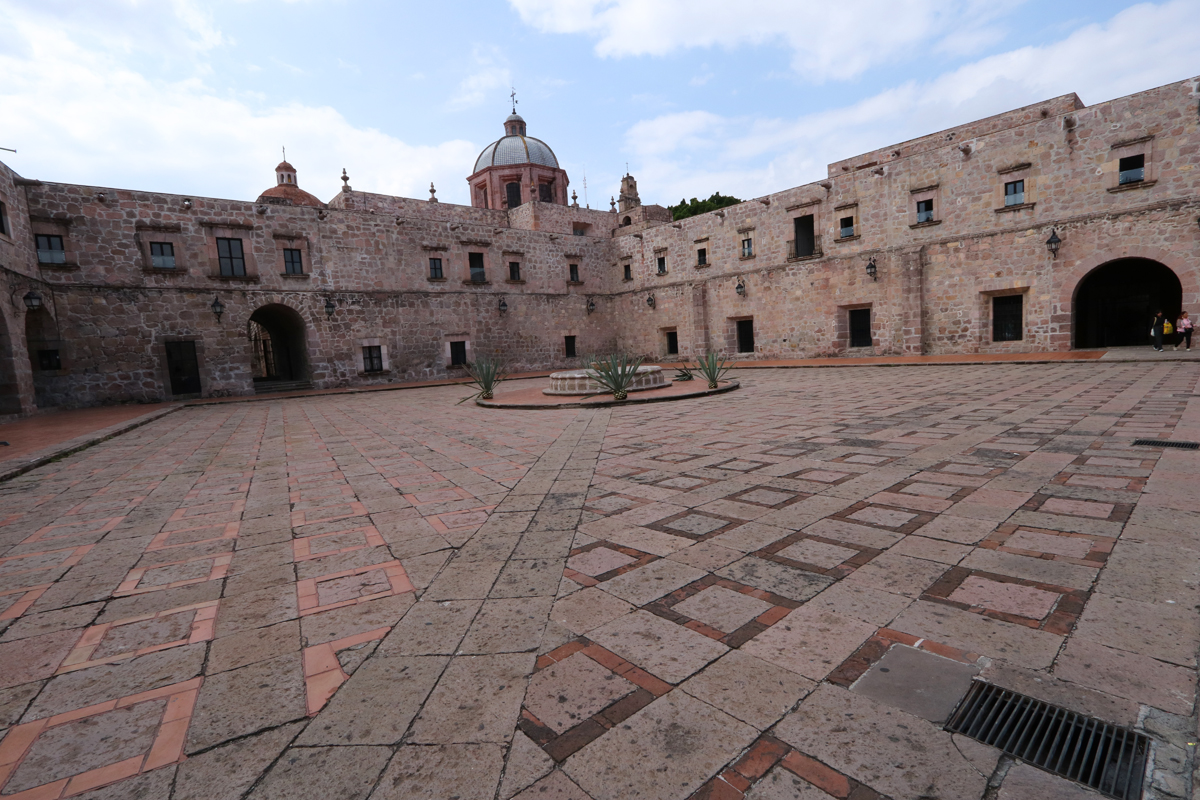
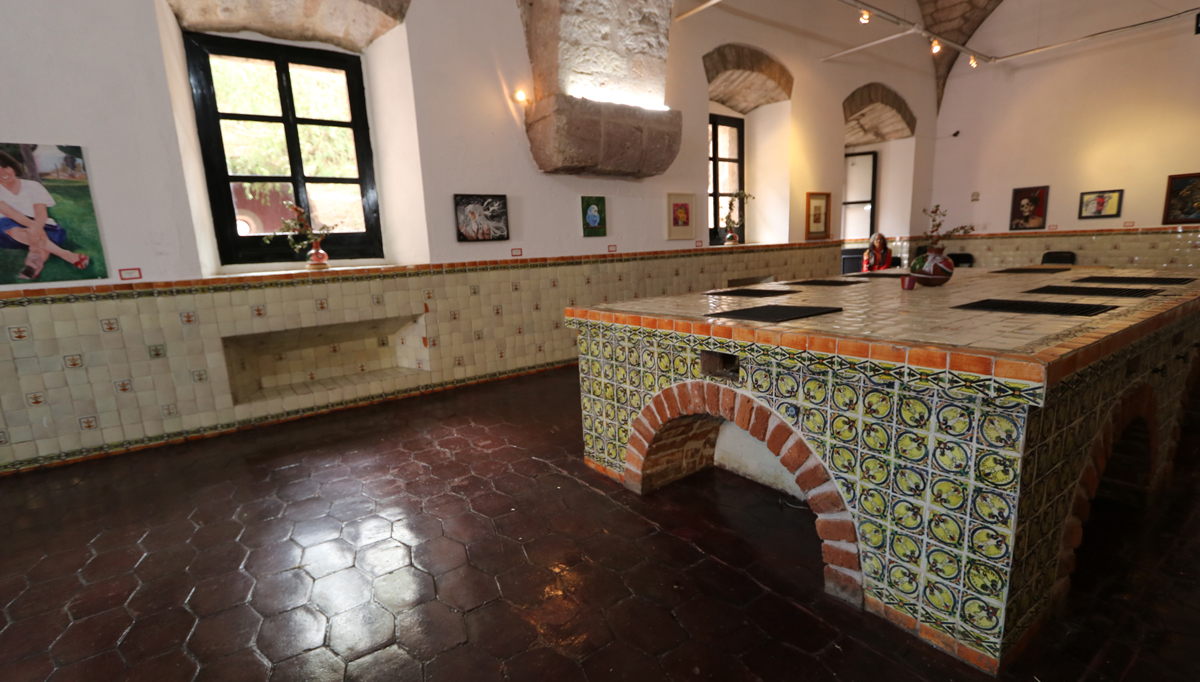
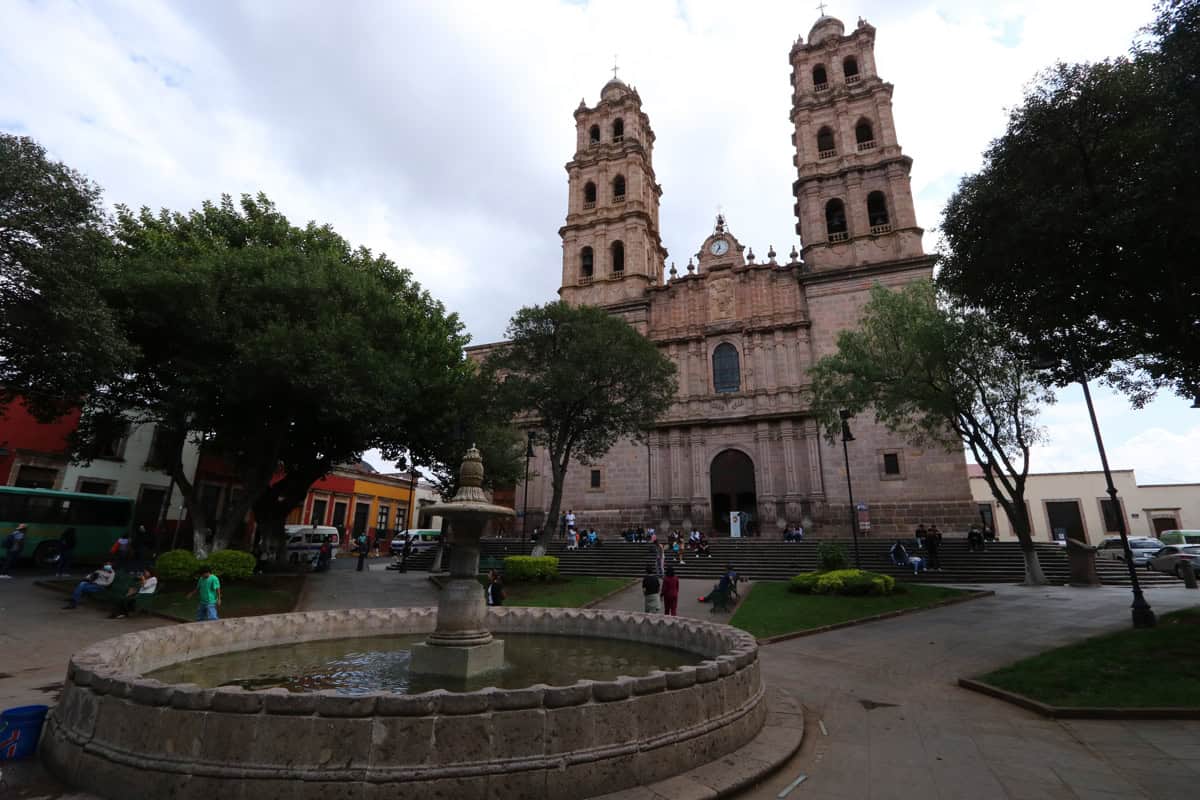

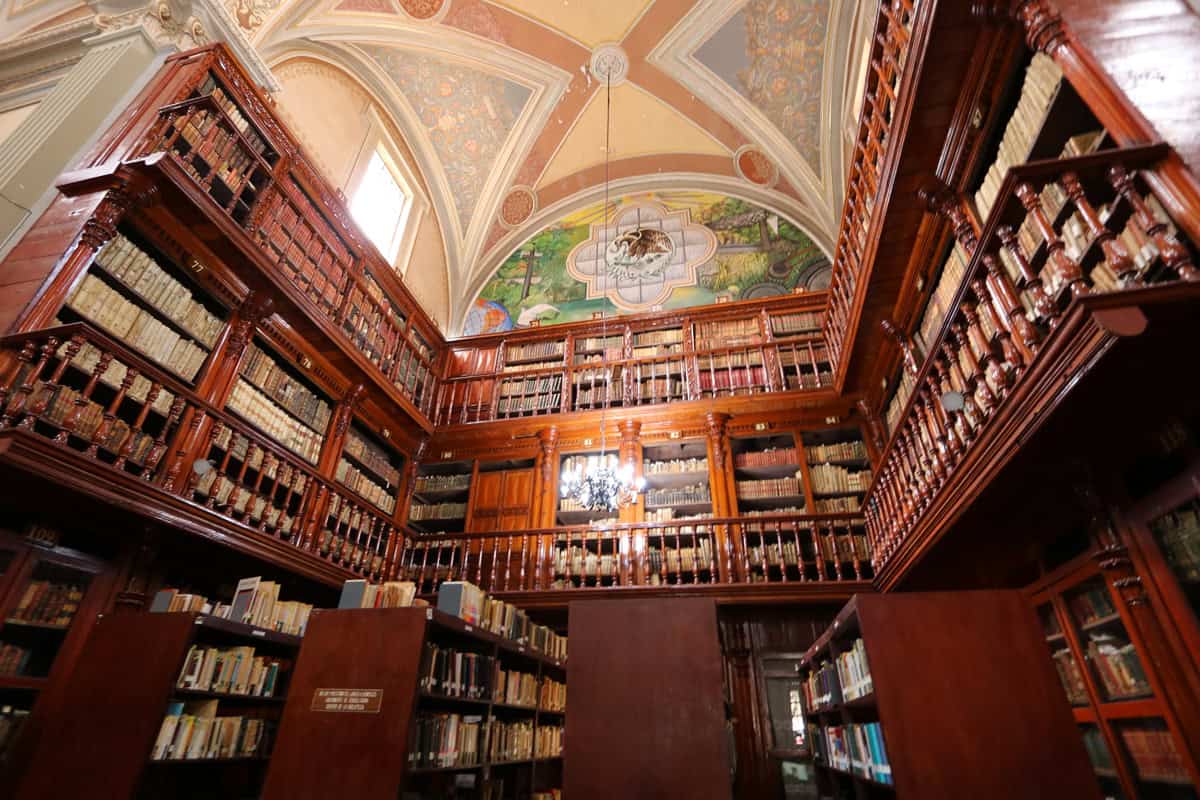
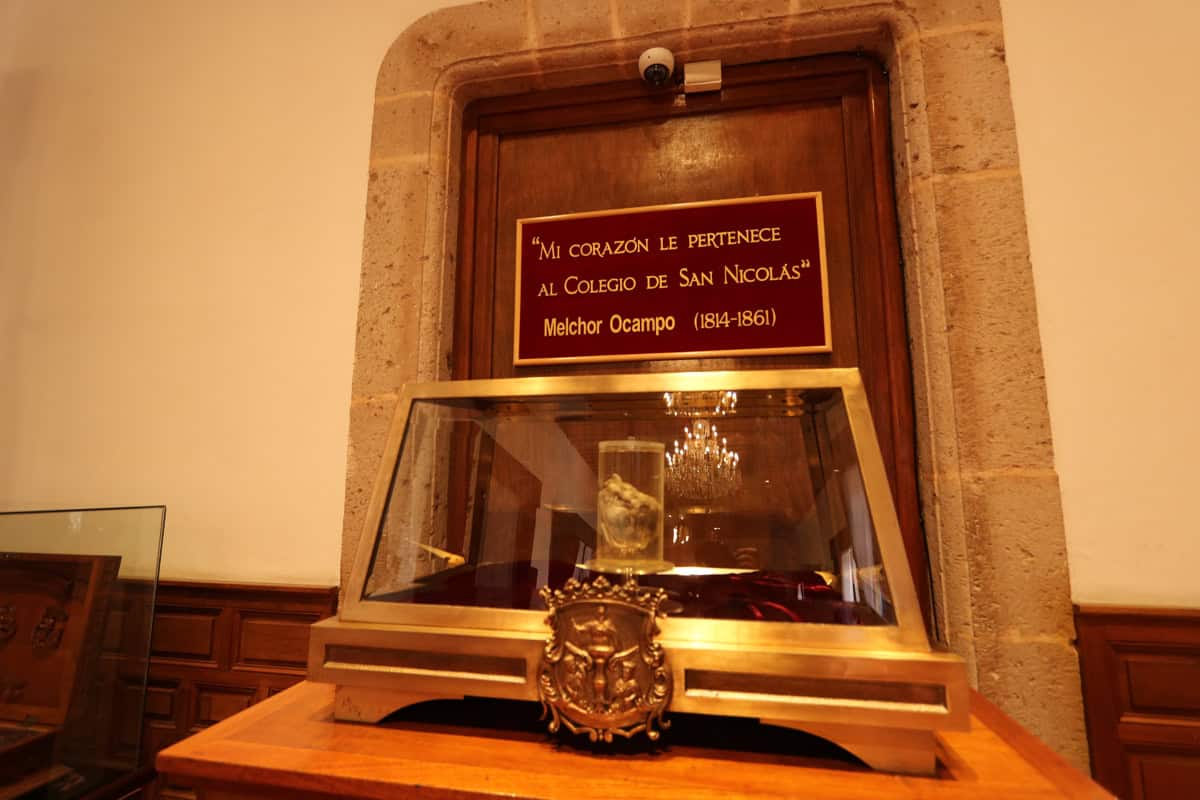
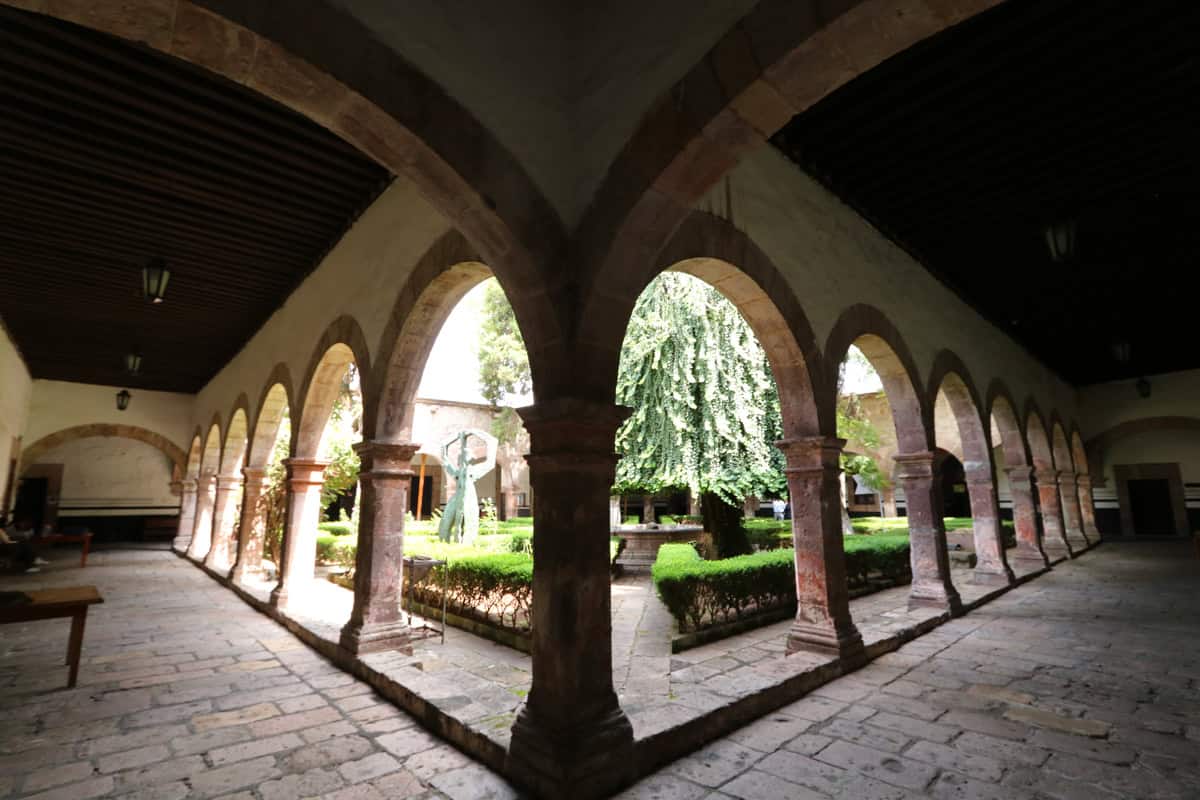
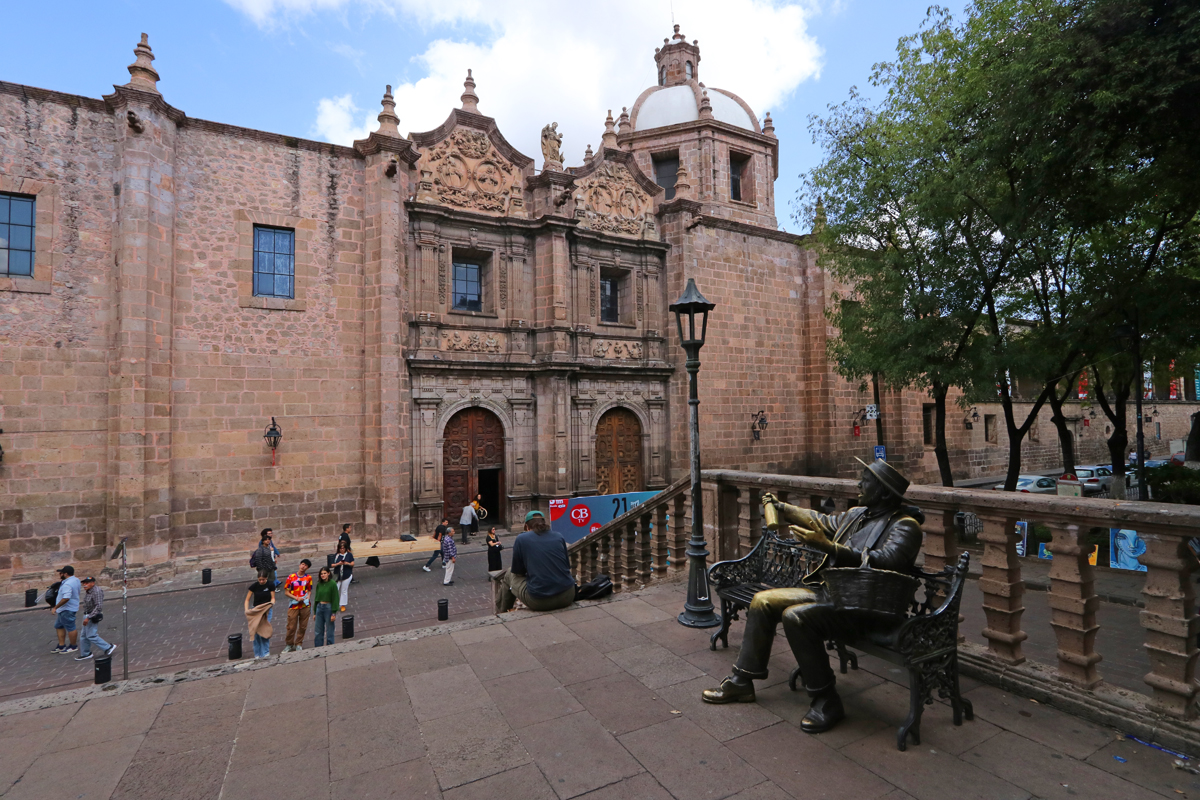
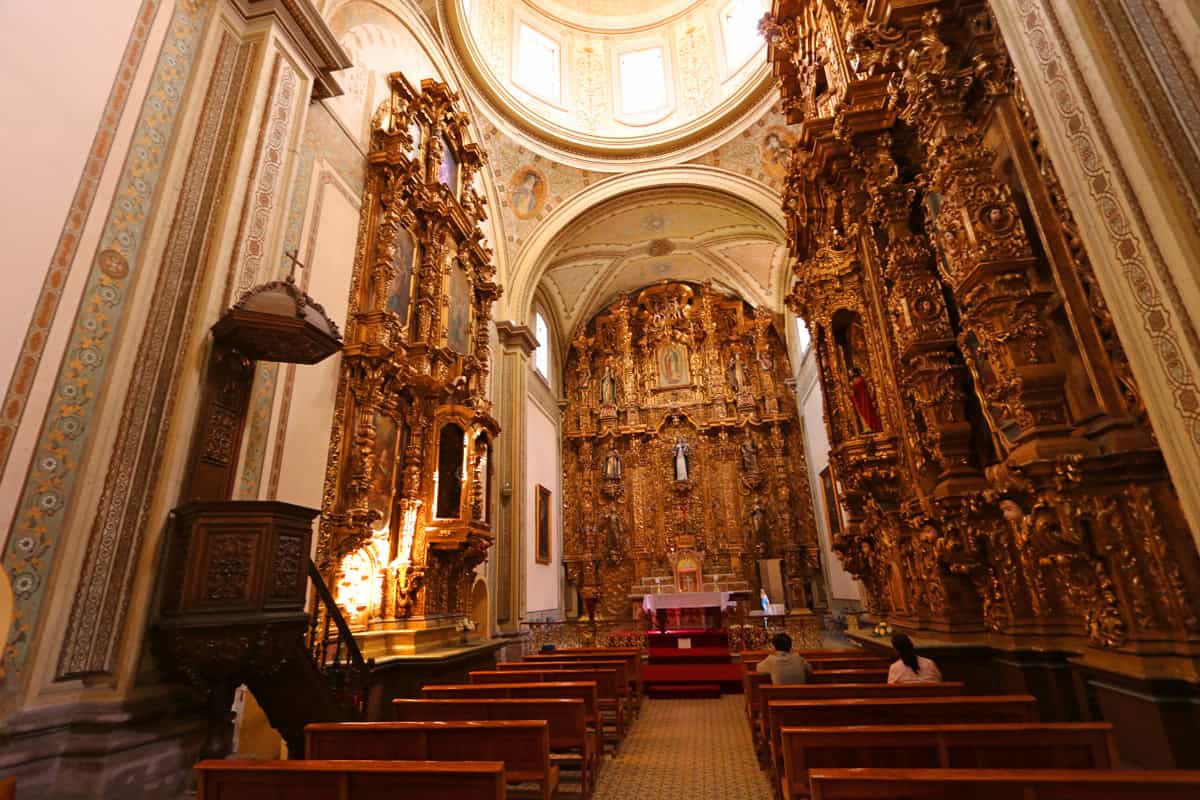
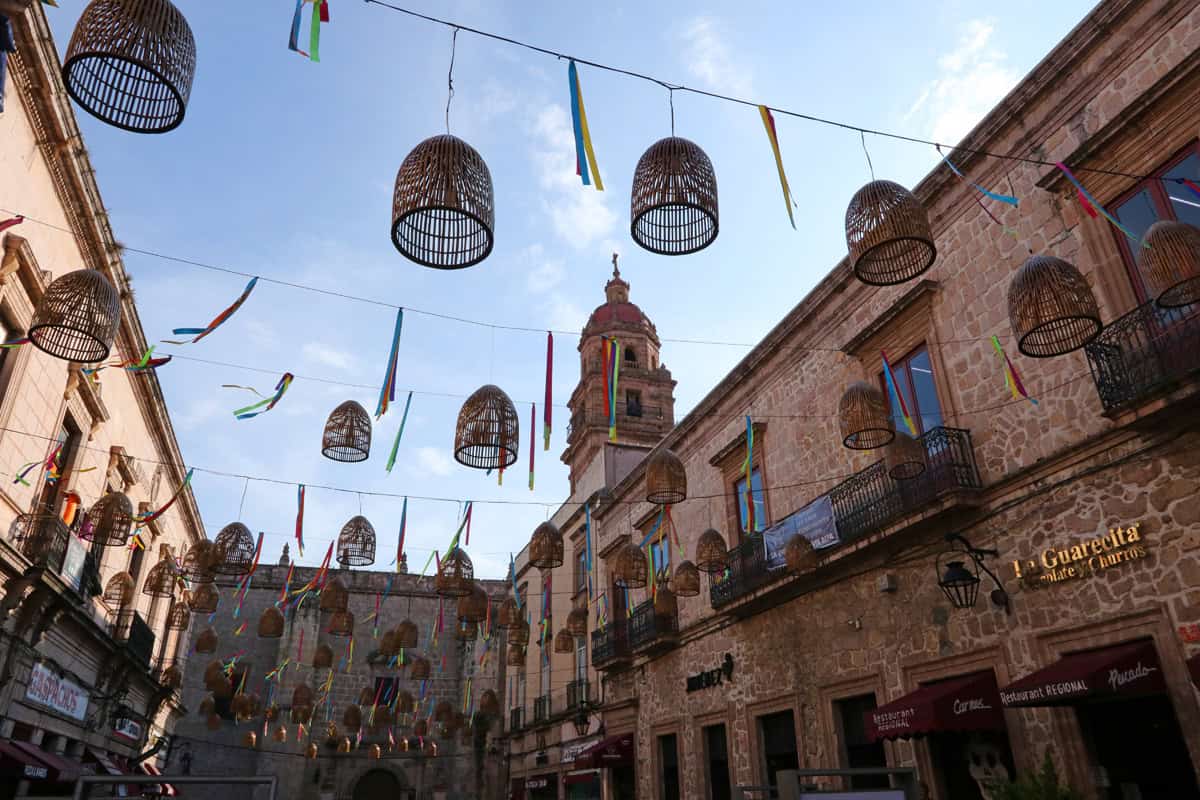
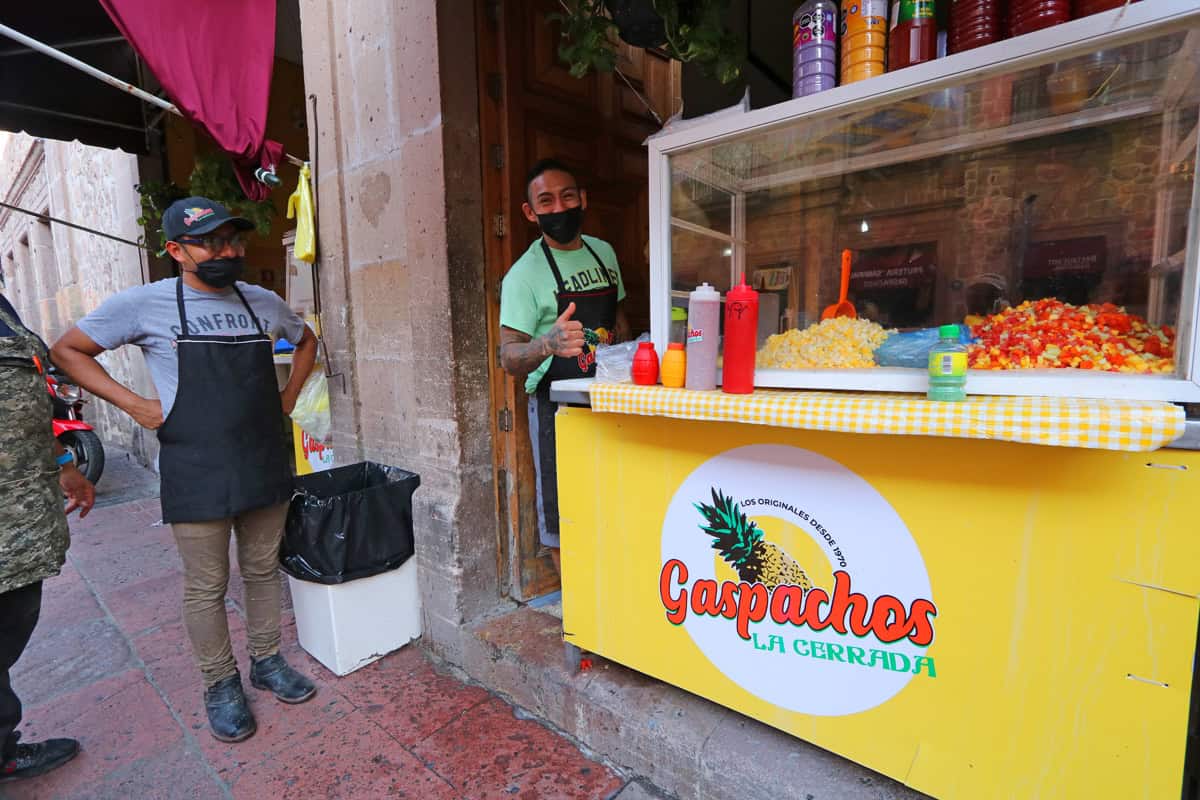
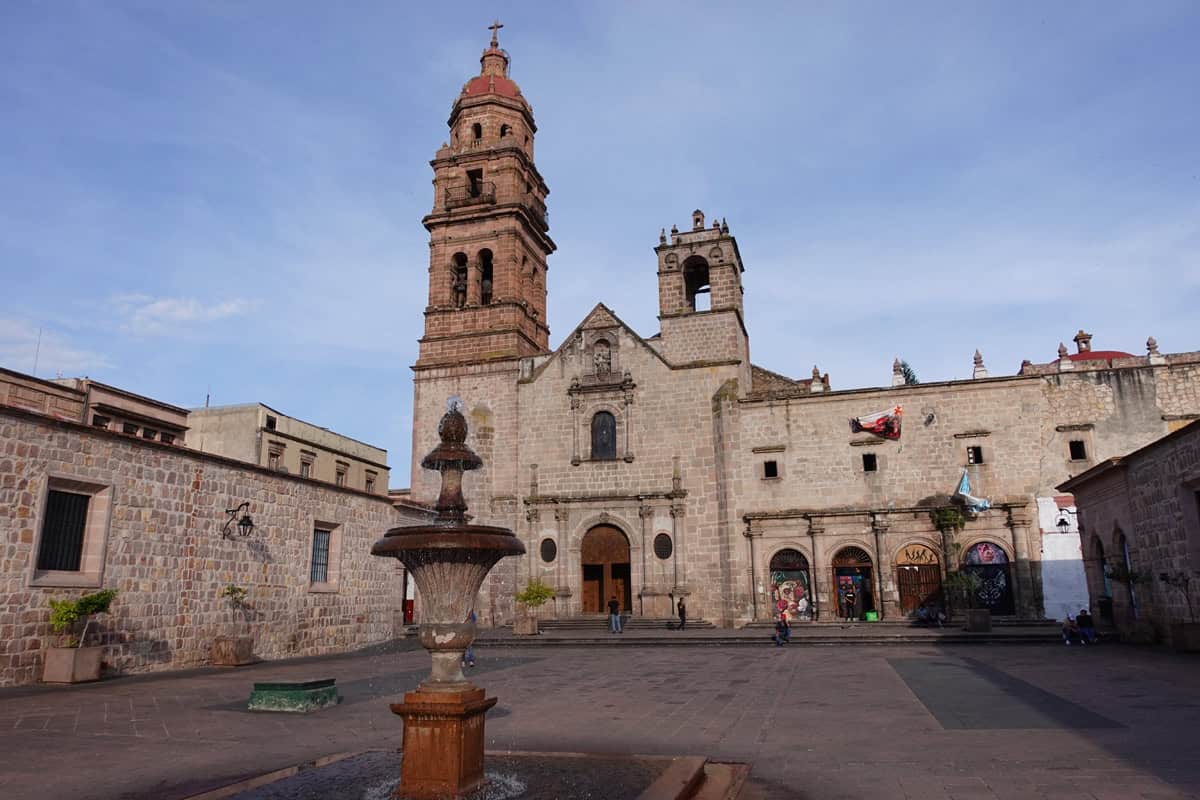
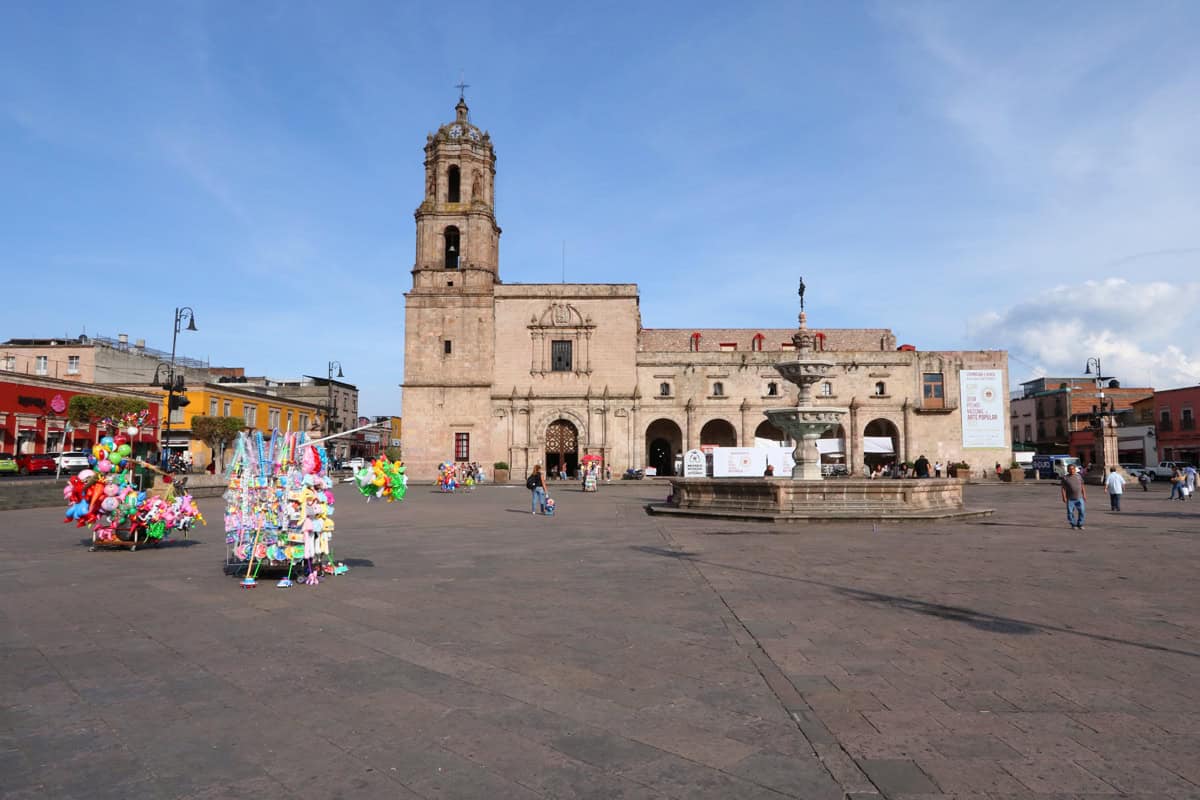



Leave a Reply